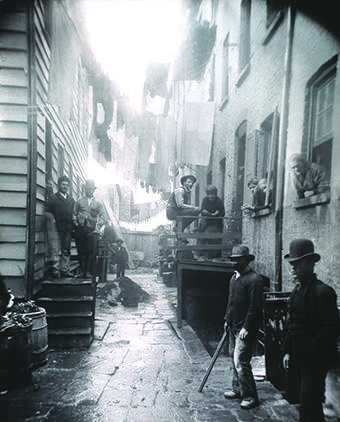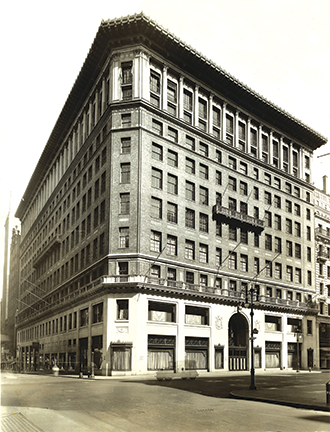Trending
This month in real estate history
This month in real estate history

1887: Health department clamps down on speculative tenement market
The New York City Health Department spearheaded a crackdown on speculative real estate investors 131 years ago this month. Health commissioner James Bayles launched the initiative by asking the city’s mayor, Abram Hewitt, to let his department file lis pendens against building owners who violated tenement construction rules, the New York Times reported. The measure, Bayles maintained, would alert future buyers of a building’s violations before the purchase, allowing prospective buyers to avoid searching through records at multiple city offices. The effort to regulate the market for flipping tenement houses came at a time when it was widely believed that “acts in violation of the law are committed by speculative builders, who hope to escape detection until they can sell,” according to the Times. A standard tenement could house about 20 families in squalid conditions without adequate light, airflow and plumbing — and landlords could generate returns of up to 20 percent on their initial investment through the decrepit properties. Construction standards for tenements were first introduced in the 1860s, but little change would actually be made until the 20th century.

Lord & Taylor flagship
1912: Townhouse teardowns pave way for Lord & Taylor flagship
The demolition of two prestigious brownstones at 9 and 11 West 38th Street began 106 years ago this month to make way for Lord & Taylor’s flagship Fifth Avenue store, the New York Times reported. The retailer had just finalized the lease for an assemblage of properties along Fifth Avenue, according to the Landmarks Preservation Commission. The tony homes were among the first of several residential properties to go. Standard Oil co-founder William Rockefeller, the younger brother of president John Rockefeller, reportedly once called the mansion at 11 West 38th home in 1874. And Republican congressman John Starin, famous for founding the country’s first amusement park in the 1800s, once lived next door at 9 West 38th Street. The demolition came as a number of commercial landlords moved into the area. As construction on the department store kicked off, every available plot on 38th Street between Fifth and Sixth avenues was trading hands, the Times reported. In October 2017, 103 years after the flagship store opened, Lord & Taylor announced plans to sell the building to WeWork for $850 million.
1971: Massive fire in FiDi office towers forces thousands to evacuate
A huge fire in two commercial towers in Manhattan’s Financial District caused 7,000 workers to evacuate their offices 47 years ago this month. The 19th-century buildings at 29 Trinity Place and 53 Broadway were engulfed in flames for five hours before firefighters could squelch the blaze, the New York Times reported. At least four people needed to be rescued from the buildings’ upper levels. The fire — which started in the grease duct of a basement restaurant at 29 Trinity Place — came two days after New York’s mayor, John Lindsay, proposed a new citywide fire safety code. The code would apply to buildings more than 10 stories tall and require regular fire drills, smoke and heat detectors and special controls on elevators, among other changes. The mayor’s proposal came about a year after five people burned to death in two high-rise fires in August and December 1970. The code was adopted as law in January 1973. The city’s fire commissioner, John O’Hagan, later said the delay was due to the real estate industry’s concerns over rising building costs.




